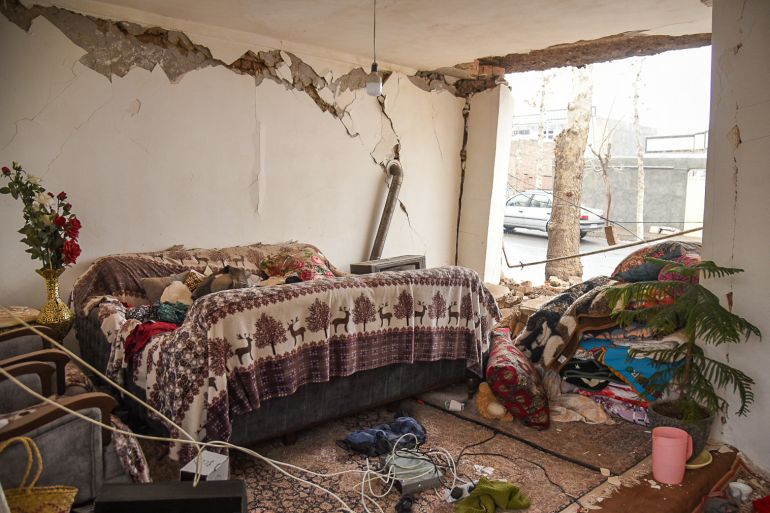Understanding the Impact of the Earthquake in Iran: Challenges and Responses
The recent earthquake in Iran has drawn significant attention worldwide, particularly due to its devastating effects on the local population. With an ever-increasing concern for natural disasters, this post aims to delve into the implications of the earthquake, explore the response measures, and highlight the ongoing struggles of the affected regions.
Overview of the Iran Earthquake
On January 29, 2023, a powerful earthquake struck near Khoy, Iran, causing widespread damage and a tragic loss of life. Reports indicate that the quake registered a magnitude of 5.9, shaking communities and leading to significant structural destruction. As emergency services rushed to the scene, the challenges of response were compounded by the region’s existing vulnerabilities.
The Human Toll and Immediate Response
As the dust settled from the tremors, the human toll became apparent. Over 400 people were reported injured, and the fear and uncertainty resonated with families who had lost their homes or, in tragic cases, loved ones. The response from the Iranian government included mobilizing rescue teams and providing temporary shelters, yet logistical constraints hindered effective assistance in some areas.
Challenges in Disaster Management
The earthquake revealed critical challenges in disaster management and response in Iran. While there have been efforts to improve earthquake preparedness, the scale and severity of the quake exposed gaps in infrastructure and rapid response capabilities. It underscored the need for better-trained emergency personnel and more robust emergency response systems.
External Resources
For more detailed coverage, check out this report from Al Jazeera, which provides extensive insights into the disaster and its aftermath.
Community Resilience and Recovery Efforts
Amidst adversity, the resilience of local communities has been awe-inspiring. Neighborhoods are coming together to support one another in recovery efforts, sharing resources, and volunteering to aid the rebuilding process. The spirit of solidarity is palpable, demonstrating that even in times of crisis, the human connection remains strong.
Looking Ahead: Strategies for the Future
As Iran begins the recovery process, it becomes imperative to reassess and redefine strategies for managing natural disasters. This includes investing in stronger infrastructure, enhancing early warning systems, and promoting educational programs focused on disaster readiness. Collaboration with international organizations could also provide valuable insights and support for Iran’s ongoing efforts.
Conclusion
The earthquake in Iran serves as a stark reminder of nature’s unpredictability and the importance of preparedness. As communities begin to heal and rebuild, the lessons learned from this disaster will be vital for improving future responses. Engaging actively in preparedness and fostering a culture of resilience will be crucial for minimizing the effects of similar events in the future.








